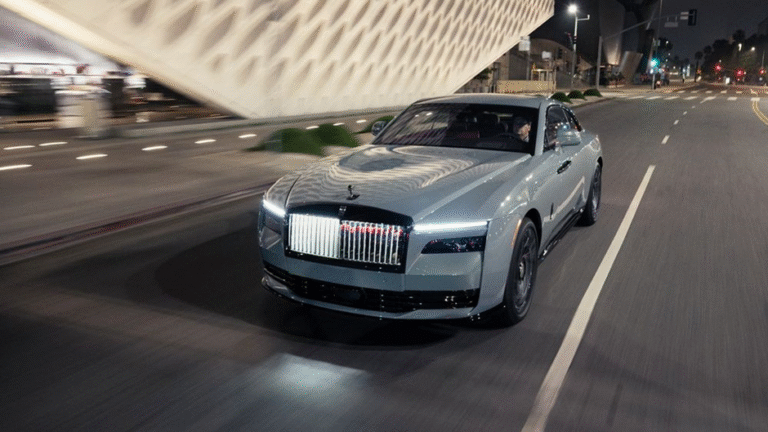1. The Controversial Video and Graffiti Message
A U.S. Army video meant to showcase military preparations for its 250th anniversary parade sparked outrage after revealing disturbing graffiti. The clip, which was posted on the Army’s official X account, captured an M1A2 Abrams tank rolling onto a train car at Fort Cavazos, Texas. But it wasn’t the tank that drew attention—it was the chilling words spray-painted on the train car: Hang Fauci & Bill Gates.
The rail car, marked DODX and owned by the Department of Defense, became the centerpiece of a rapidly unfolding controversy. After being notified of the offensive message, the Army deleted the post. No further explanation was given beyond the claim that it violated Army values.
2. Army’s Response and Lack of Investigation

Army spokesperson Steve Warren confirmed that the post was taken down once the graffiti was brought to their attention. However, he also confirmed there would be no investigation into the threat-laced message.
“We removed the post once notified of graffiti on the train that didn’t align with Army values,” Warren stated. “We are excited to celebrate 250 years of service to the nation next week.”
The decision not to investigate sparked further criticism, especially given the high-profile targets of the threat and its public nature on an official military platform.
3. Fauci and Gates: Frequent Targets of Right-Wing Outrage
Dr. Anthony Fauci and Bill Gates have been consistent targets of criticism from right-wing figures, particularly those aligned with Donald Trump’s MAGA base. Fauci, the former head of the National Institute of Allergy and Infectious Diseases, led America’s COVID-19 response and became the face of vaccine promotion and lockdown guidelines.
This visibility made him a lightning rod for conspiracy theories and political attacks. Accusations have ranged from funding virus research in China to undermining American freedoms. Republican Representative Marjorie Taylor Greene even declared that Fauci “belongs in prison.”
Meanwhile, Gates, a Democratic mega-donor and public health advocate, has drawn similar ire. His funding of global vaccination efforts has fueled debunked theories that he is using vaccines to implant tracking microchips.
4. Security and Political Fallout
In anticipation of possible political retaliation, then-President Joe Biden reportedly issued a preemptive pardon for Fauci before leaving office. After Trump returned to power, he swiftly withdrew federal funding for Fauci’s security detail—raising serious safety concerns.
The fallout from both the graffiti and subsequent federal actions underscores the deep political polarization surrounding public health figures, and how those tensions are bleeding into military affairs.
5. Parade Logistics and Equipment Movement
The tank shown in the video is part of a larger convoy of 28 tanks and dozens of armored vehicles being transported across the country for the Army’s massive June 14 parade in Washington, D.C.
The final leg of the journey will end in Jessup, Maryland, on June 9, where the equipment will be transferred to trucks and driven into the capital. The Army is laying down steel plates on the streets to handle the weight of the tanks and promises to cover any road damage.
6. D.C. Officials Raise Concerns
Washington, D.C. Mayor Muriel Bowser has voiced concern about the potential impact on city infrastructure. With tanks and heavy equipment expected to roll through major streets, the risk of damage remains high, despite the Army’s logistical precautions.
The mayor’s concerns highlight the strain such a large-scale military celebration can put on civilian infrastructure, especially in a dense urban environment like the nation’s capital.
7. Political Timing and Parade Controversy
The timing of the parade has not gone unnoticed. Scheduled for June 14—Trump’s birthday—the event has fueled speculation about political motivations.
During his first term, Trump proposed a similar military parade but scrapped it after facing opposition from Democrats and local leaders over its $90 million price tag.
This time, the event is estimated to cost $40 million and will feature over 7,000 soldiers, historic aircraft, parachutists, and live performances. Though the Army frames it as a patriotic celebration, many see it as a political spectacle dressed in camouflage.
Conclusion
What was intended to be a grand tribute to 250 years of Army history is now mired in controversy. A death threat sprayed on government property, no investigation, political undertones, and questions about security and spending have all overshadowed the upcoming celebration. As June 14 approaches, what should have been a unifying national moment is shaping up to be a reflection of deep divisions and growing unease.



